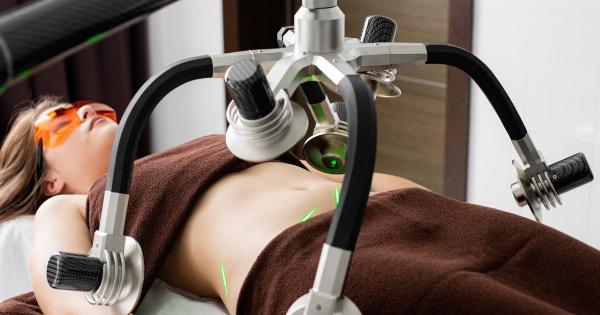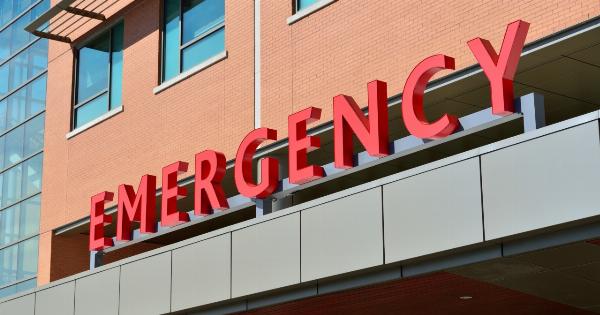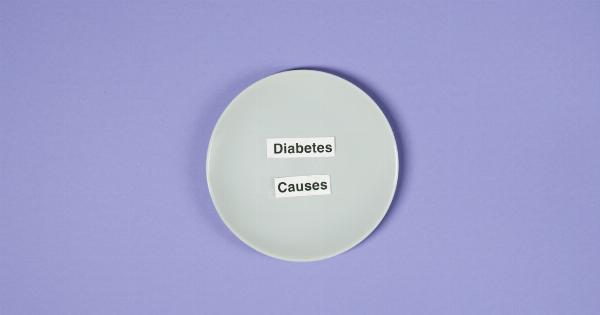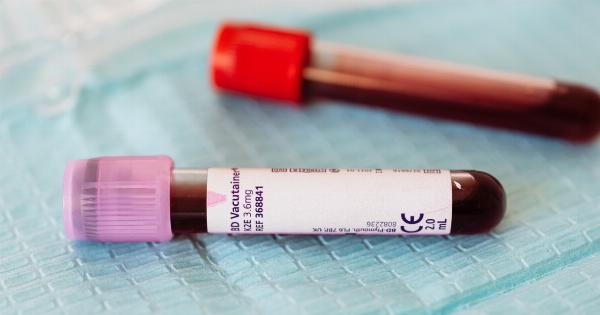Venous insufficiency is a condition that affects the body’s blood circulation process. This condition occurs when the veins in the legs are not able to pump blood back to the heart efficiently.
The inadequate circulation can cause pain, swelling, and other symptoms. This article will explore the science behind venous insufficiency, causes, and cures.
Causes of Venous Insufficiency
The causes of venous insufficiency can be classified into two categories: primary and secondary. Primary venous insufficiency occurs due to a genetic predisposition that weakens the vein walls or faulty valves that prevent blood from flowing correctly.
In contrast, secondary venous insufficiency occurs due to other health problems or preexisting medical conditions, such as obesity or pregnancy. Other common causes of venous insufficiency include:.
- Long periods of standing or sitting
- Deep vein thrombosis (DVT)
- Varicose veins
- Injury to the veins
- Smoking
- High blood pressure
- Inflammatory conditions
Symptoms of Venous Insufficiency
The symptoms of venous insufficiency can vary in severity and manifest in different ways. Some common symptoms include:.
- Painful swelling in the legs
- Skin discoloration or changes
- Spider veins/varicose veins
- Itching skin around affected areas
- Warm or hot skin on the legs
- Leg ulcers that do not heal
- Feeling of heaviness or fullness in the legs
Diagnosis of Venous Insufficiency
Diagnosis of venous insufficiency may involve a physical examination to detect any visible signs of venous insufficiency, such as varicose veins or skin discoloration. Additionally, diagnostic tests may be completed to confirm a possible diagnosis.
The most common diagnostic test for venous insufficiency is a Doppler ultrasound. This test shows the movement of blood through the veins in the legs, helping to identify any blockages or issues with the valve function.
Treatments for Venous Insufficiency
There are several ways to treat venous insufficiency, depending on the severity and underlying cause. Treatment options include:.
Lifestyle Changes
Lifestyle changes such as regular exercise, elevating the legs, and avoiding long periods of sitting or standing can help manage symptoms and improve blood circulation.
Elastic Compression Stockings
Elastic compression stockings help to promote blood circulation and prevent swelling by compressing the legs’ vein walls. These stockings come in varying pressure levels, and a healthcare professional should fit them.
Medications
Several over-the-counter and prescription medications can help manage symptoms of venous insufficiency. Pain relievers such as ibuprofen or acetaminophen can help ease the discomfort.
Additionally, prescription medications can help improve blood flow and reduce inflammation.
Procedures
In cases of severe venous insufficiency, several medical procedures can help improve blood flow and reduce symptoms. Procedures include:.
- Sclerotherapy: This procedure involves injection of a solution to close off the veins.
- Radiofrequency Ablation: This procedure uses heat to destroy the damaged veins.
- Venous Stenting: This procedure involves inserting a stent into the damaged vein to keep it open.
Preventing Venous Insufficiency
While it may not be possible to prevent all cases of venous insufficiency, there are several steps individuals can take to lower their risk. These include:.
- Regular exercise to improve circulation.
- Avoiding prolonged periods of sitting or standing.
- Maintaining a healthy weight to reduce the risk of obesity and other related conditions.
- Wearing compression stockings when flying or sitting for extended periods.
- Quitting smoking.
- Treating any underlying medical conditions that could increase the likelihood of developing venous insufficiency.
Conclusion
Venous insufficiency can be a challenging condition to manage, but with the right treatment and care, it can be effectively managed.
Understanding the causes, symptoms, and treatment options can help people with venous insufficiency get the right care to improve their quality of life.


























